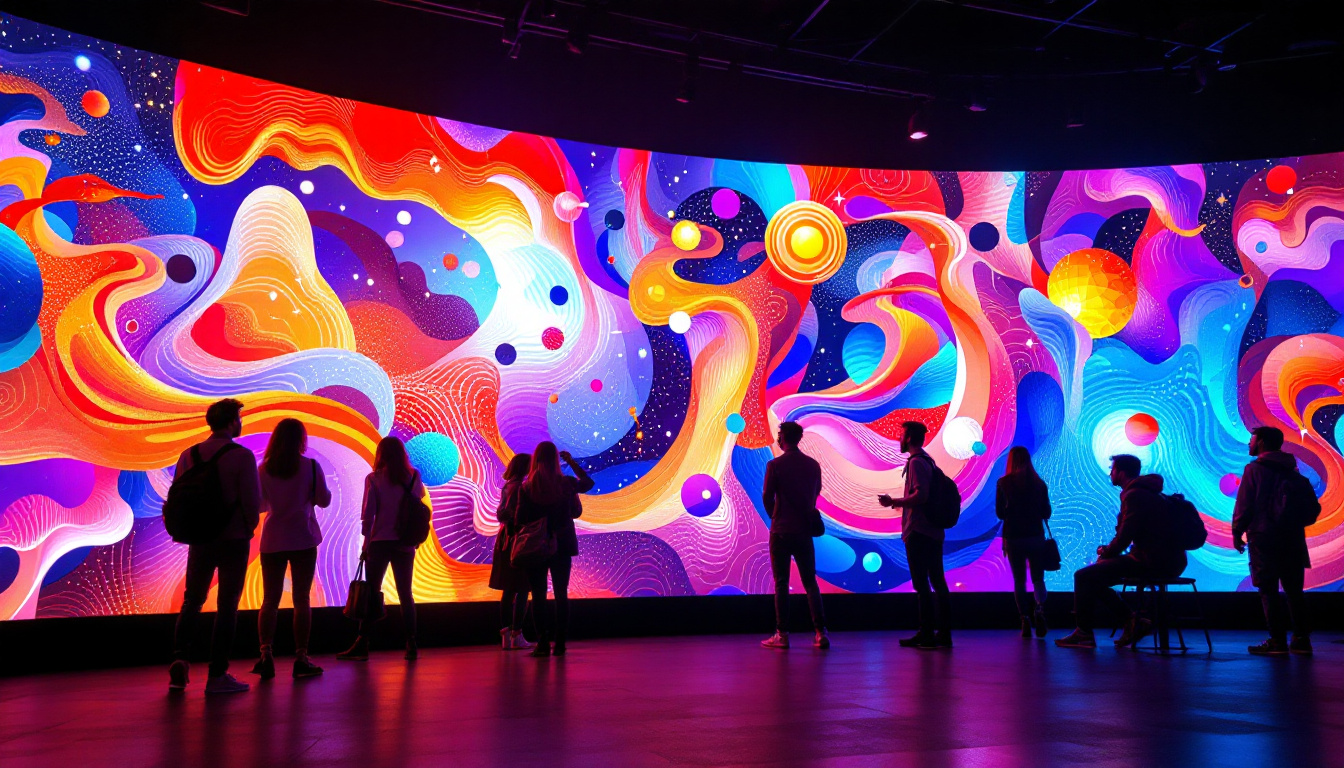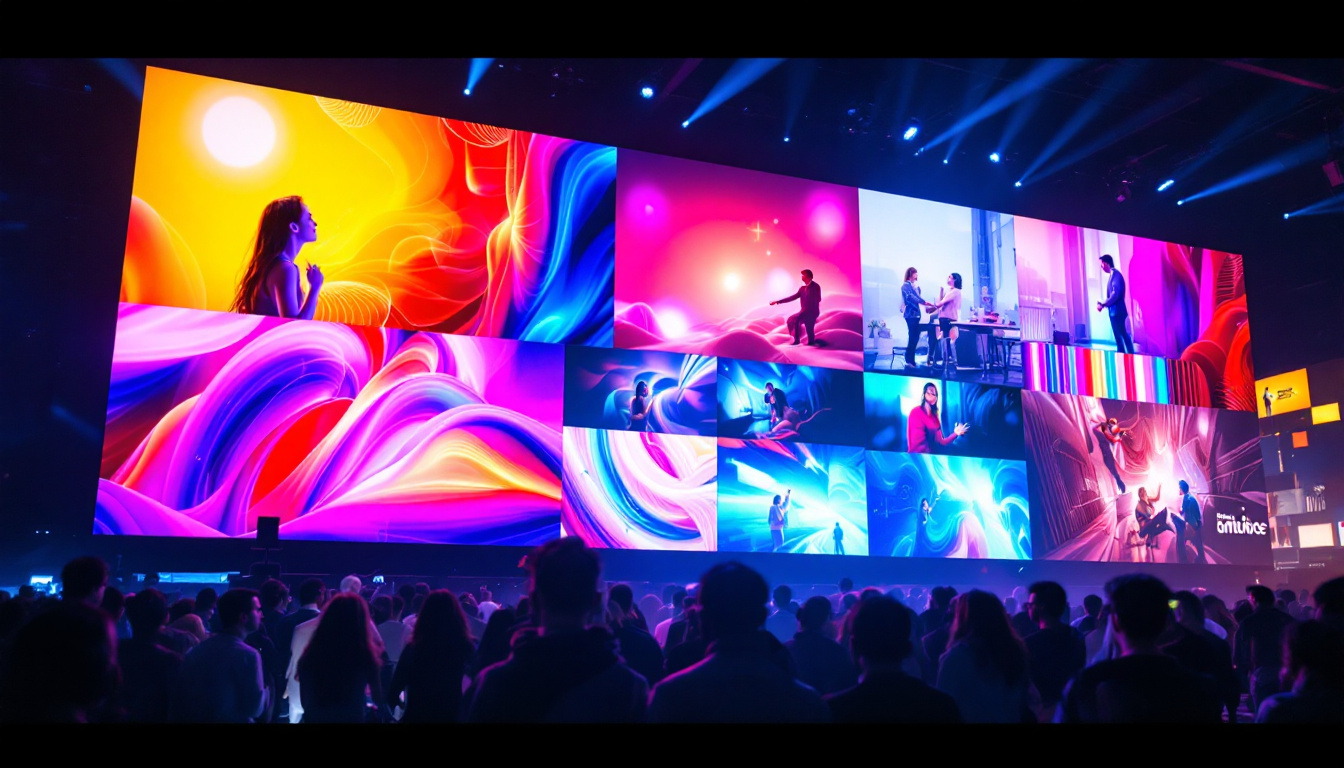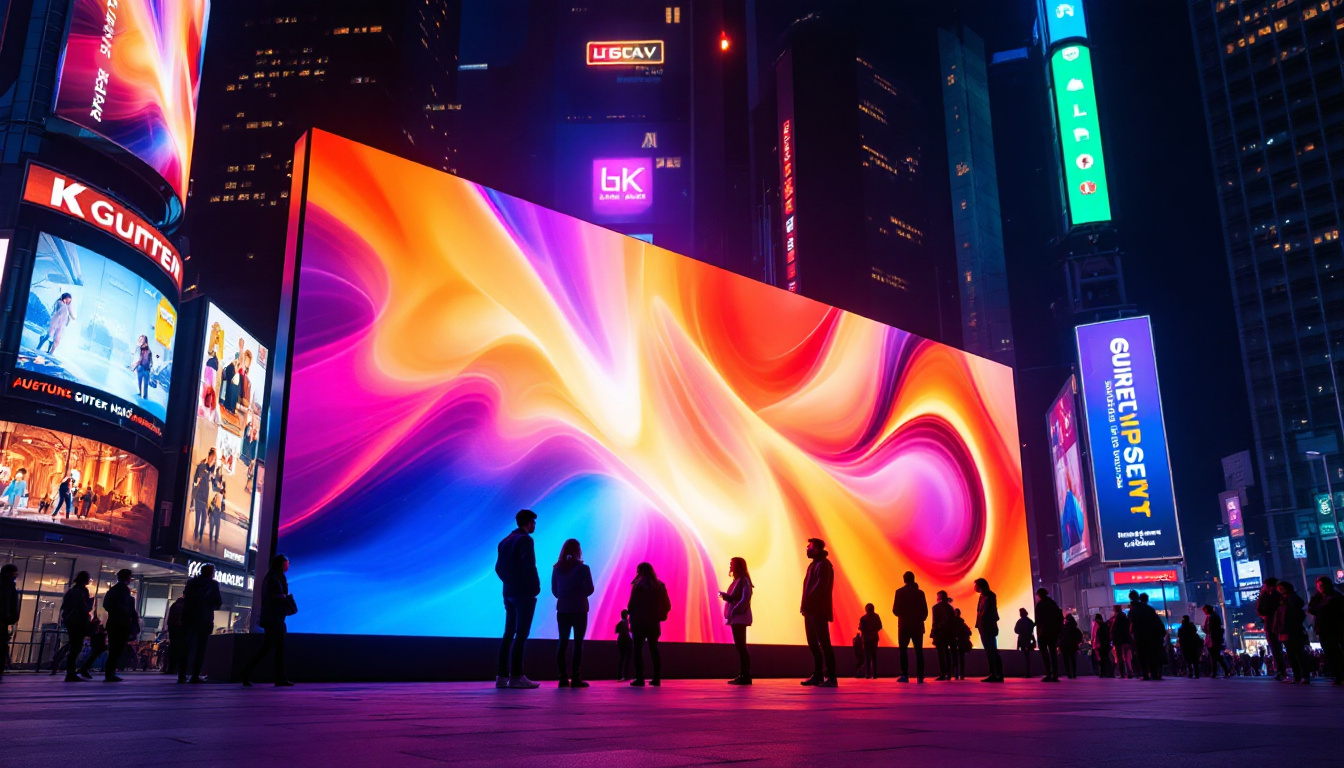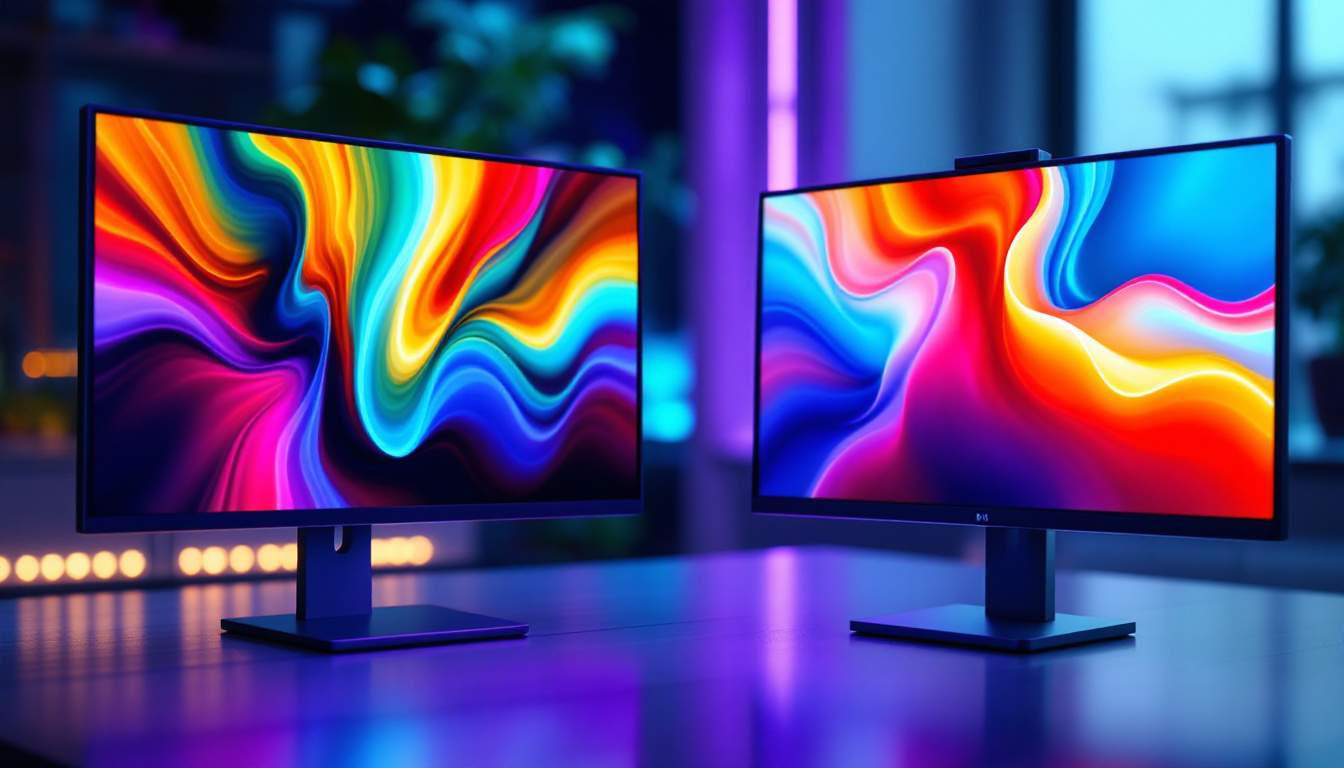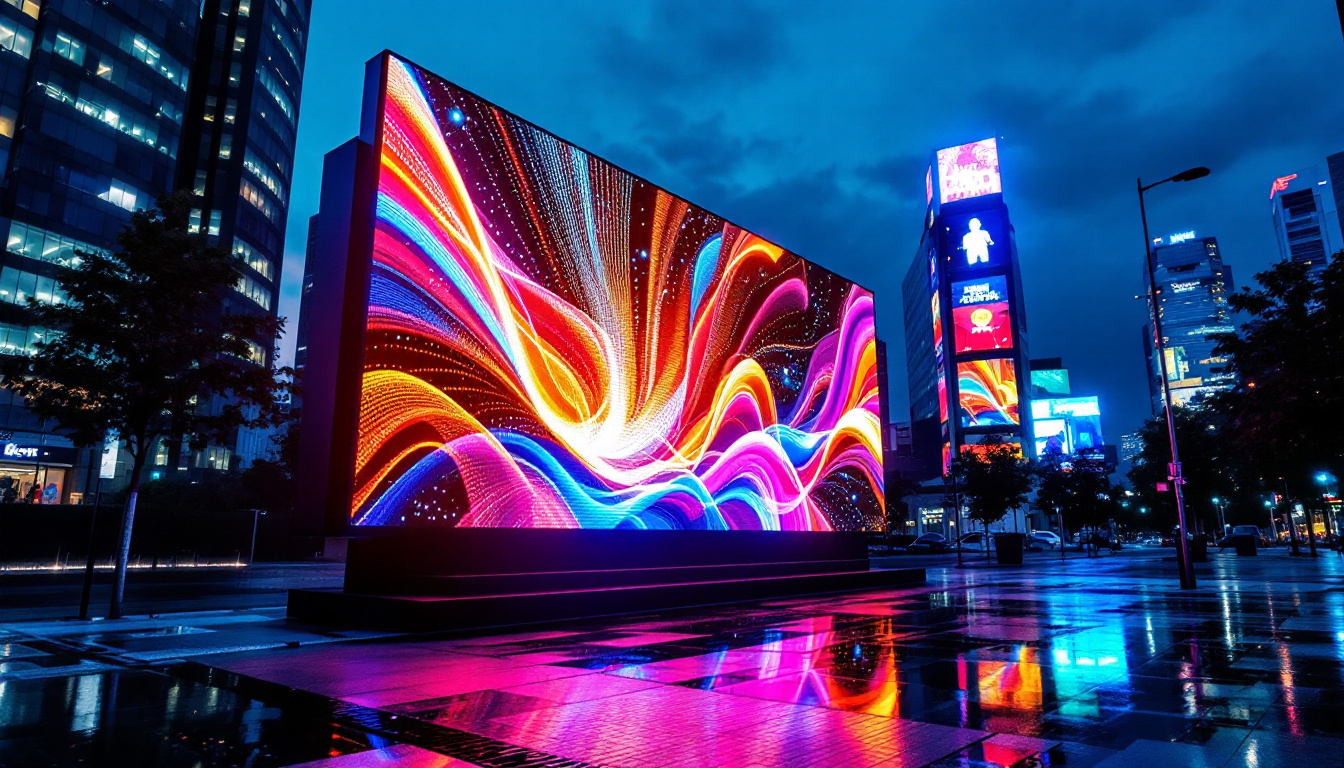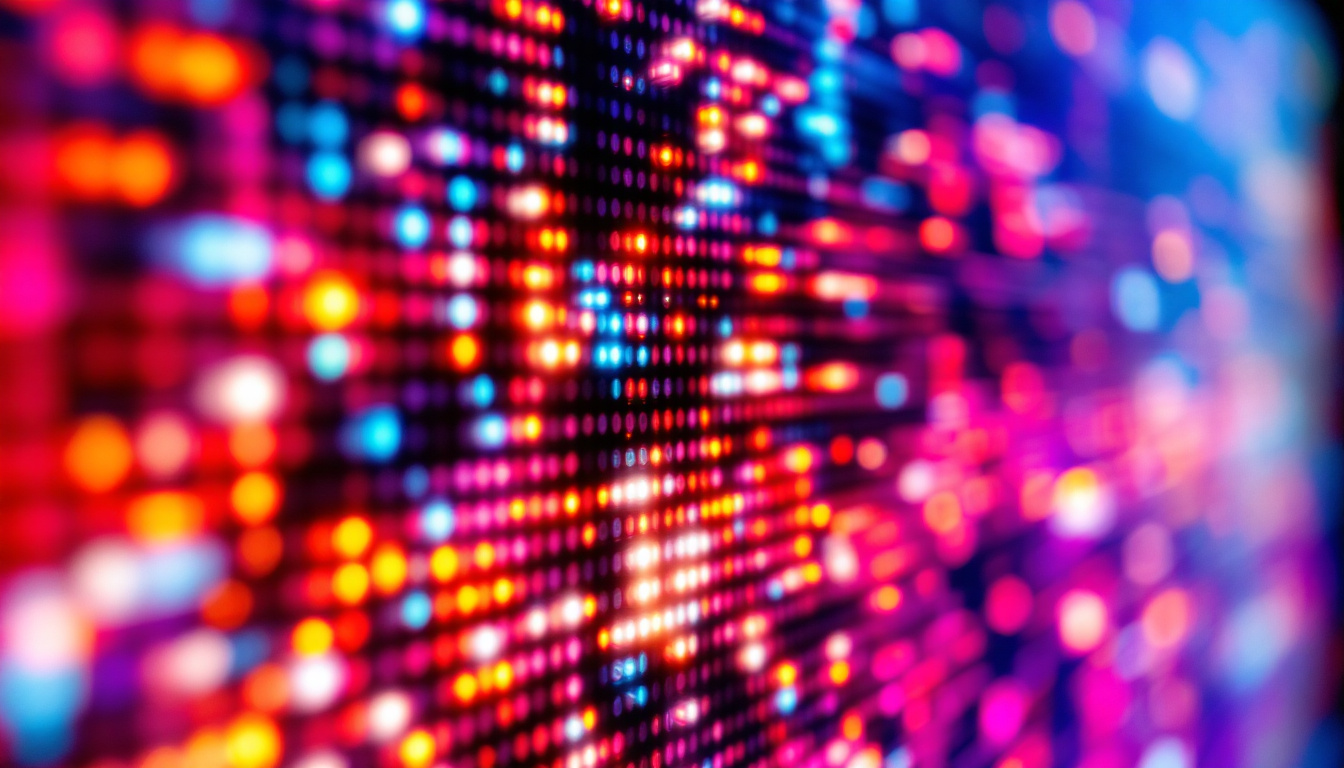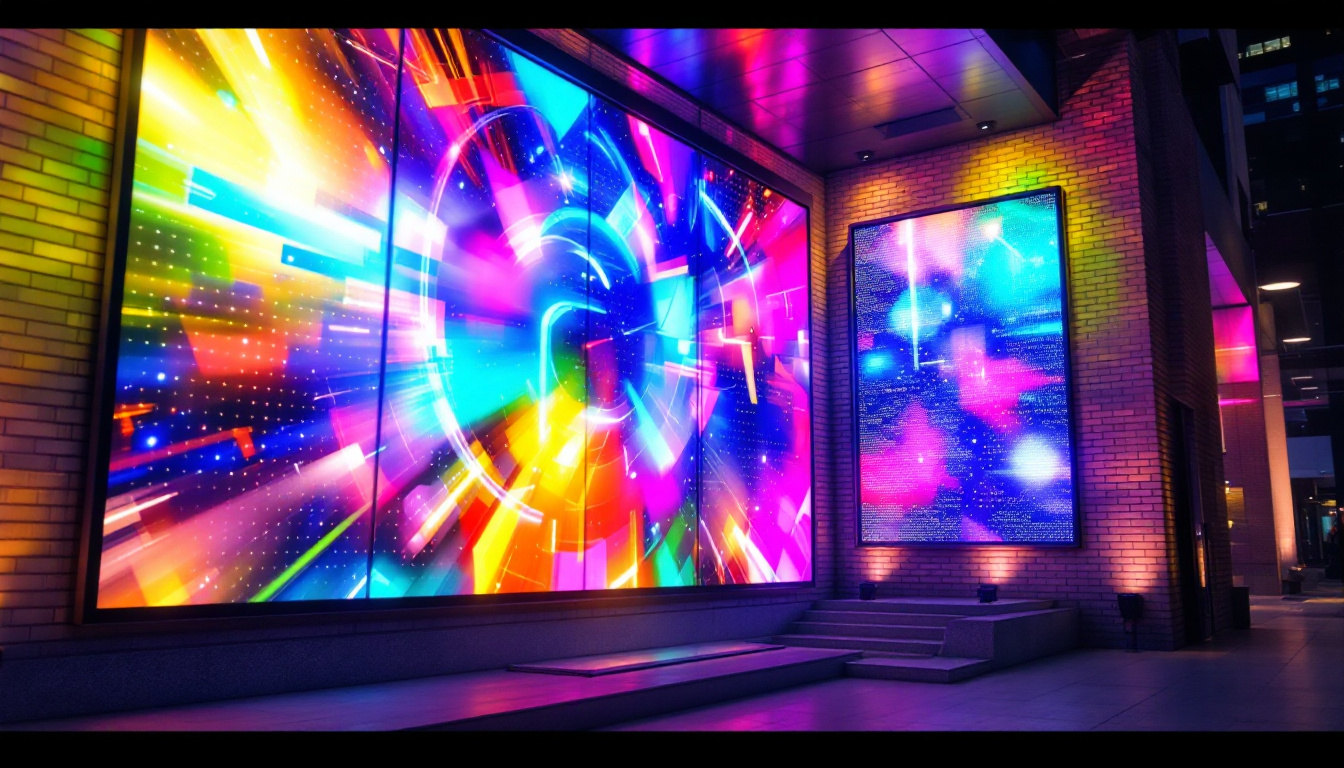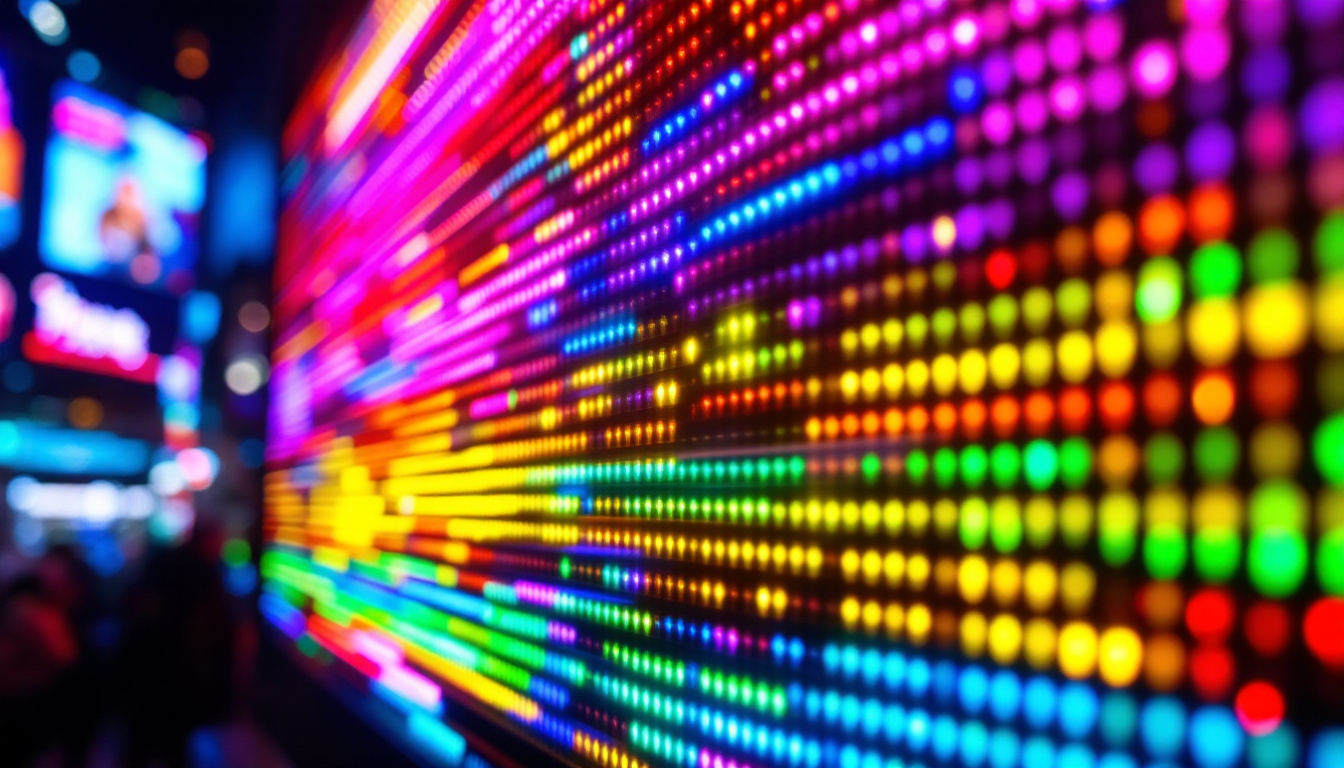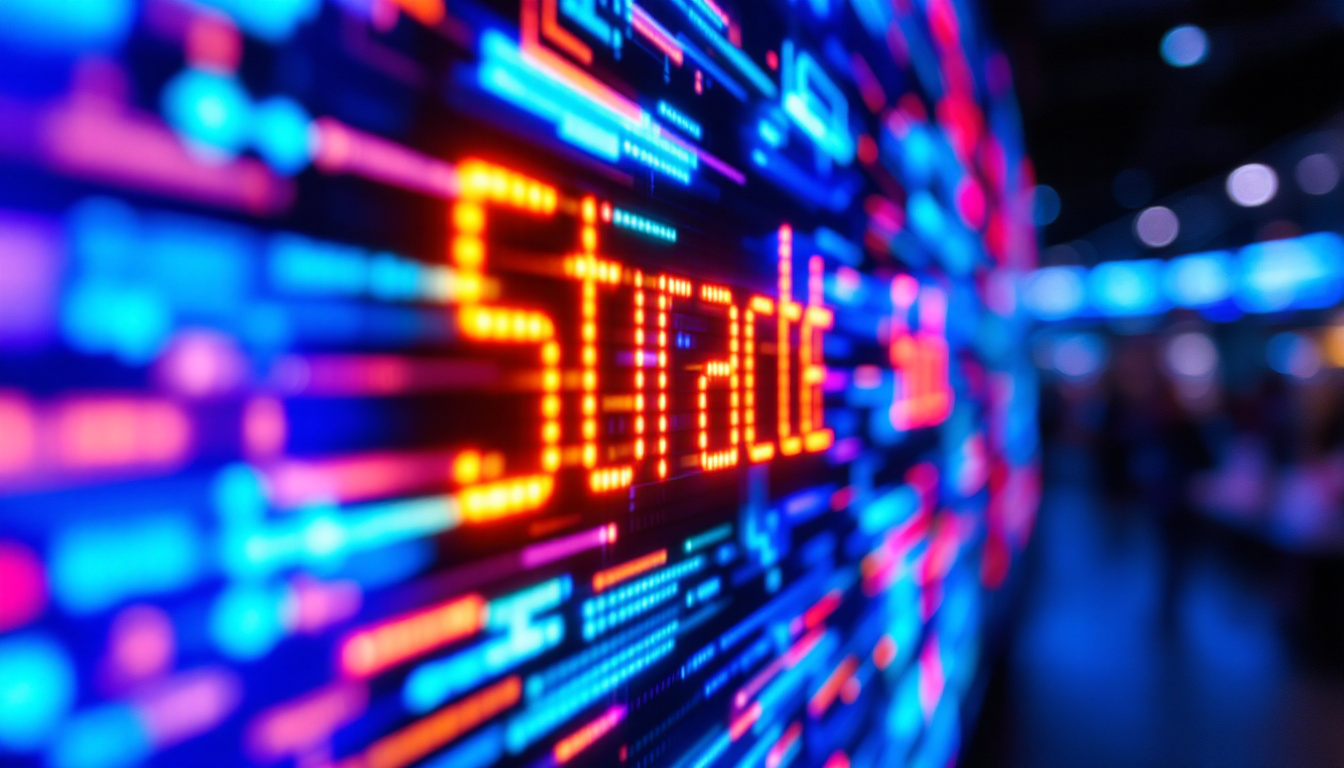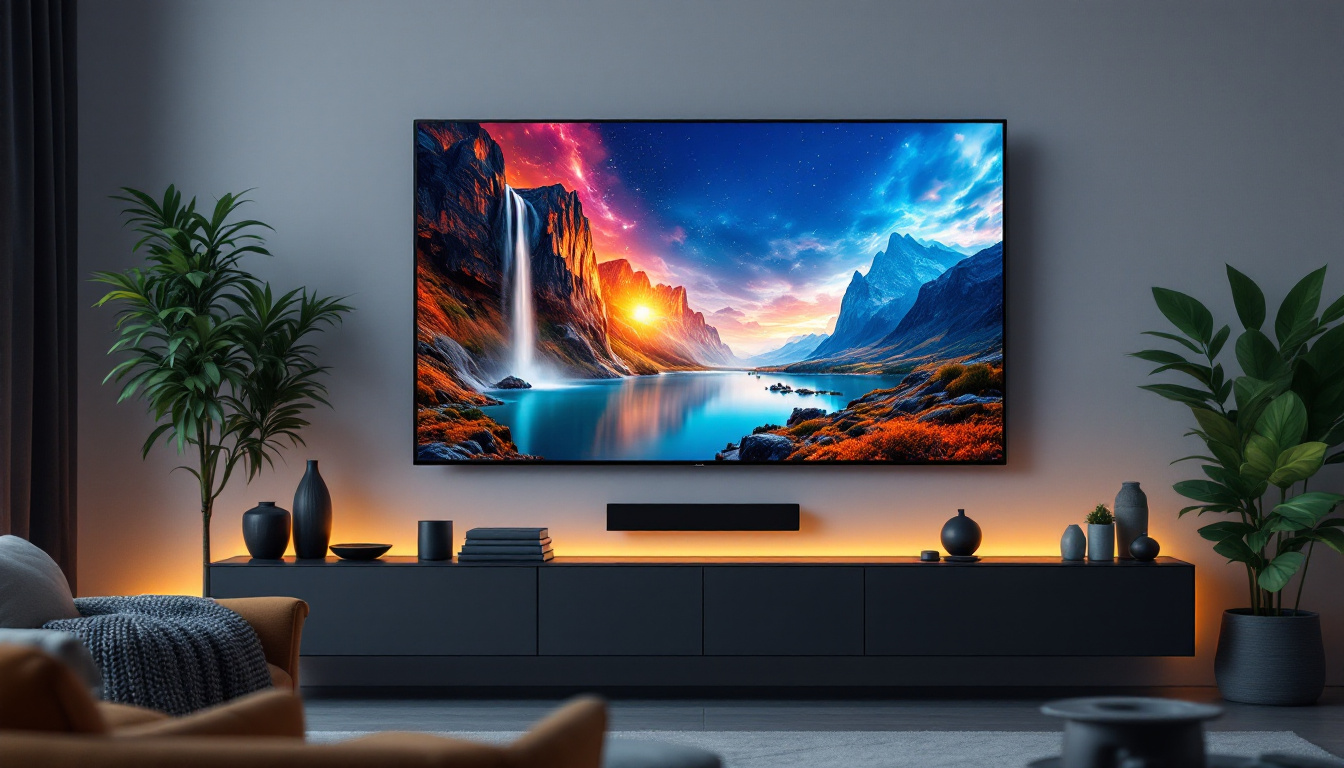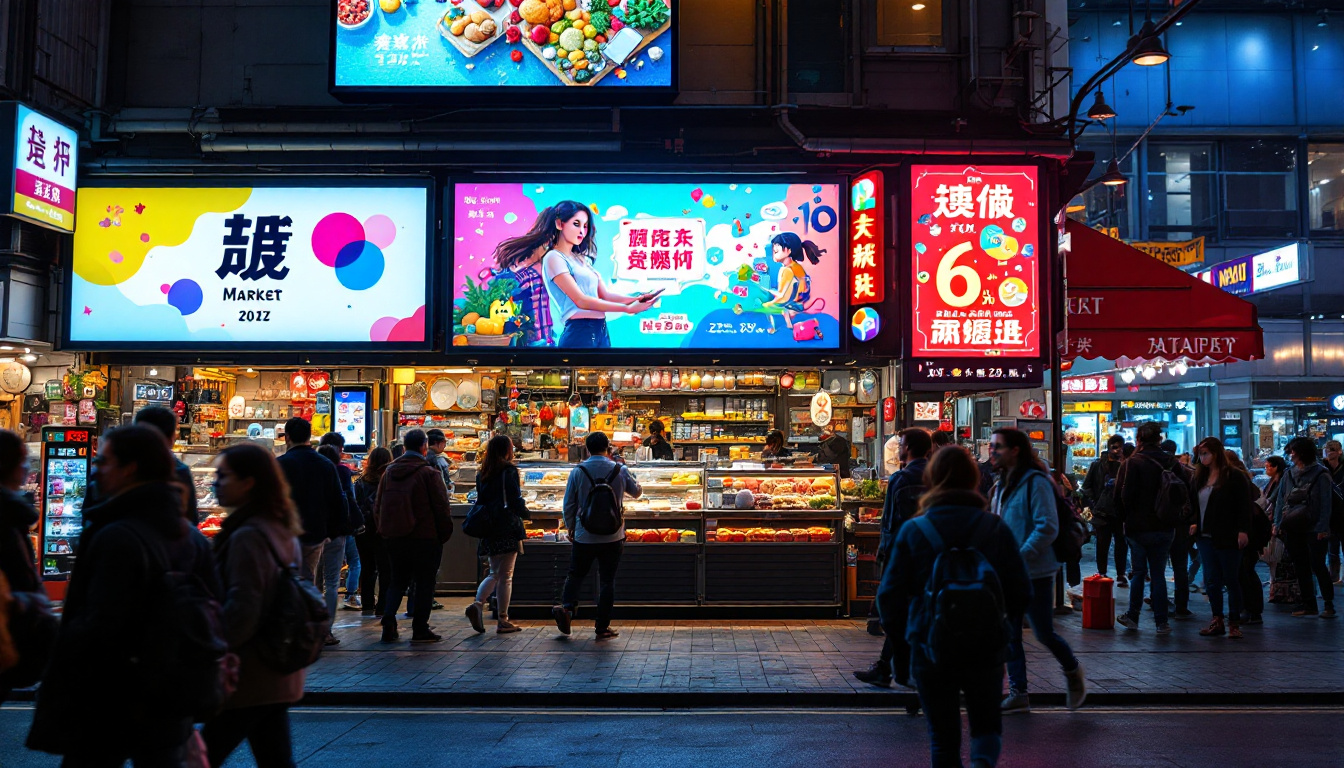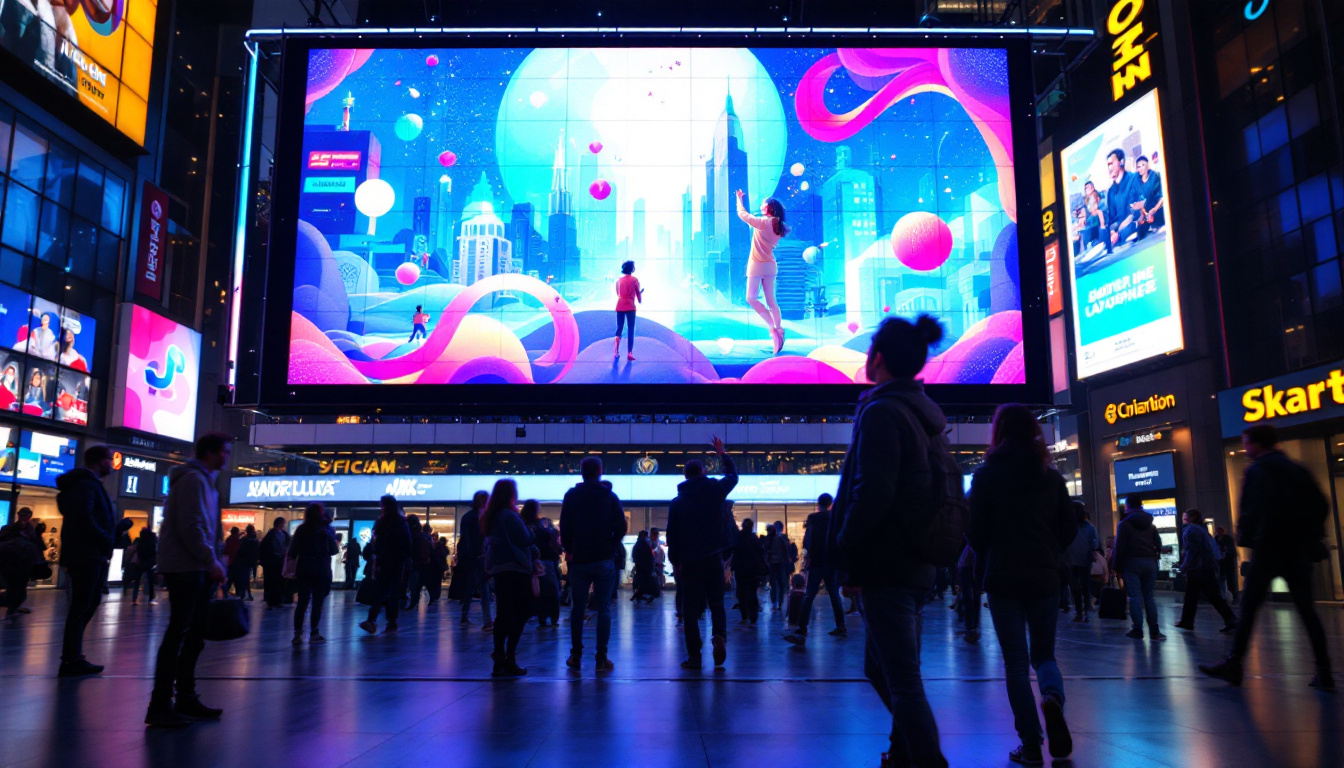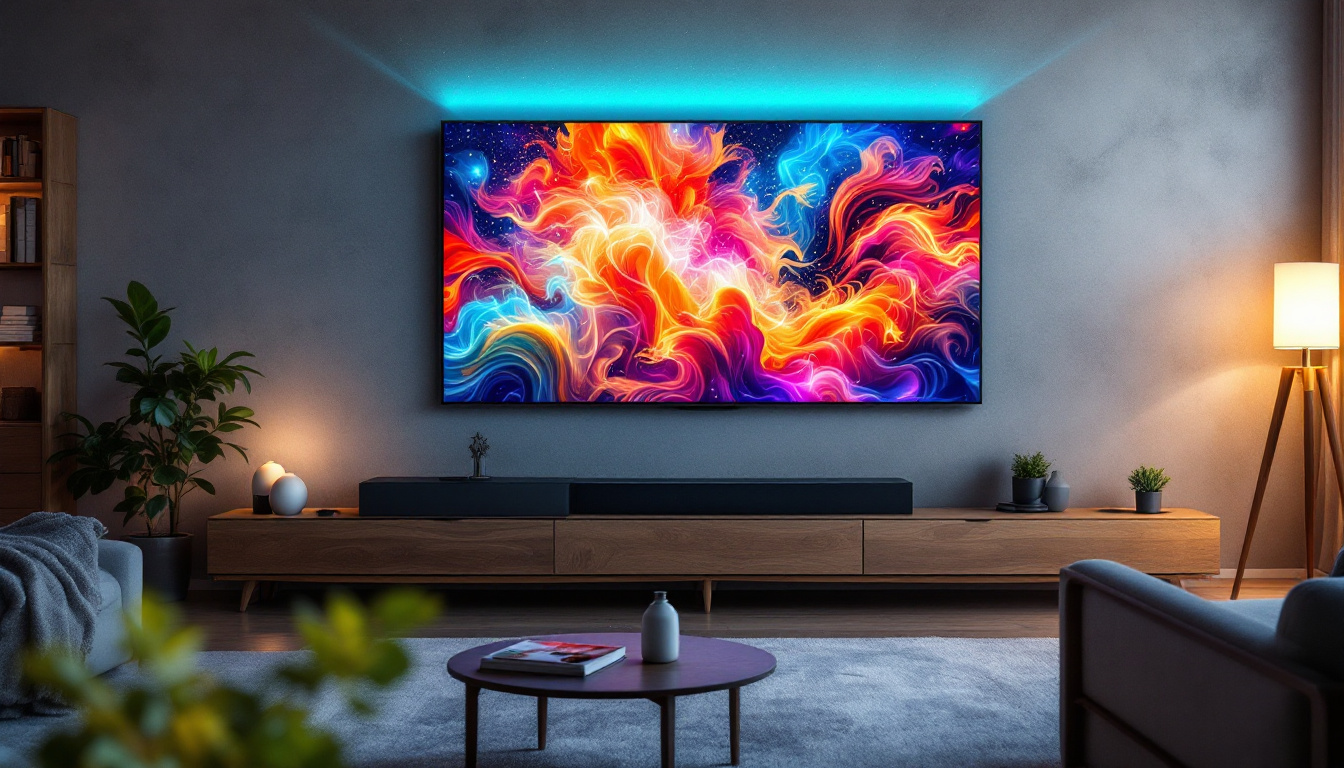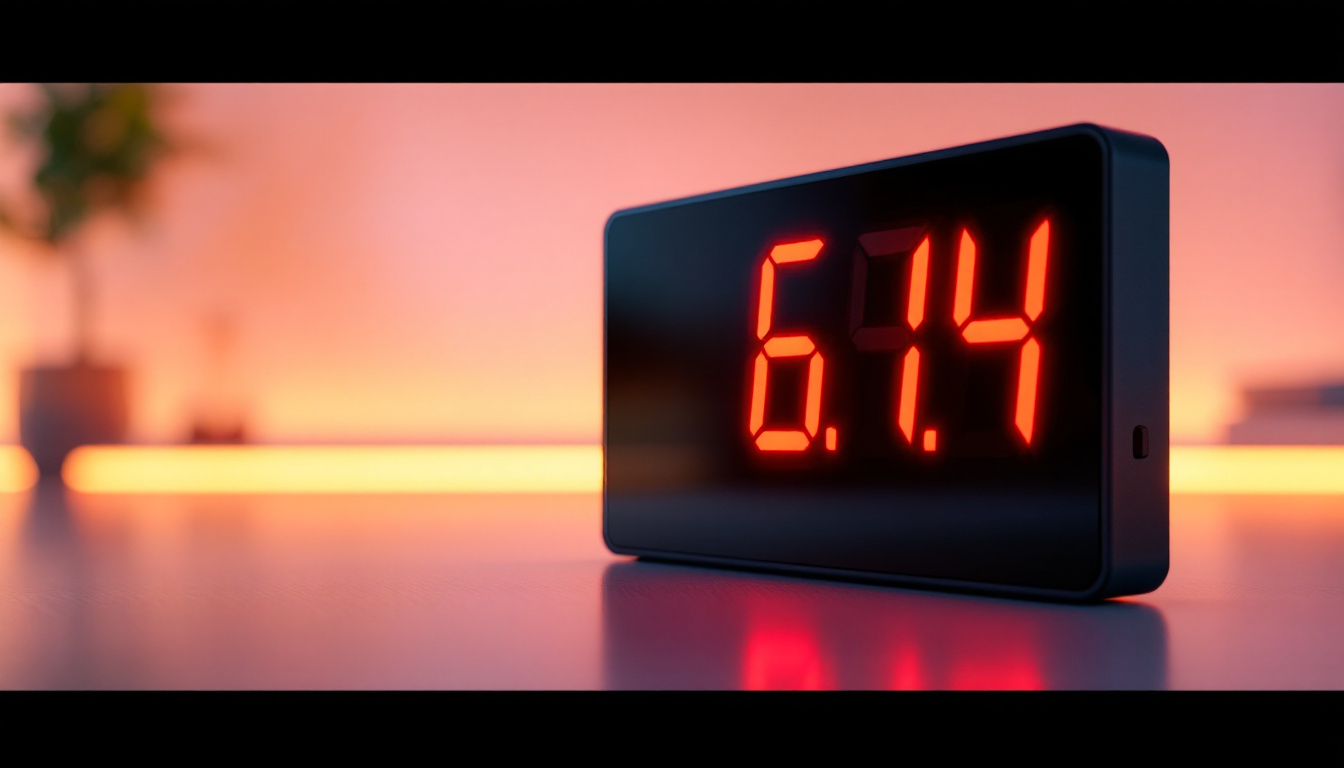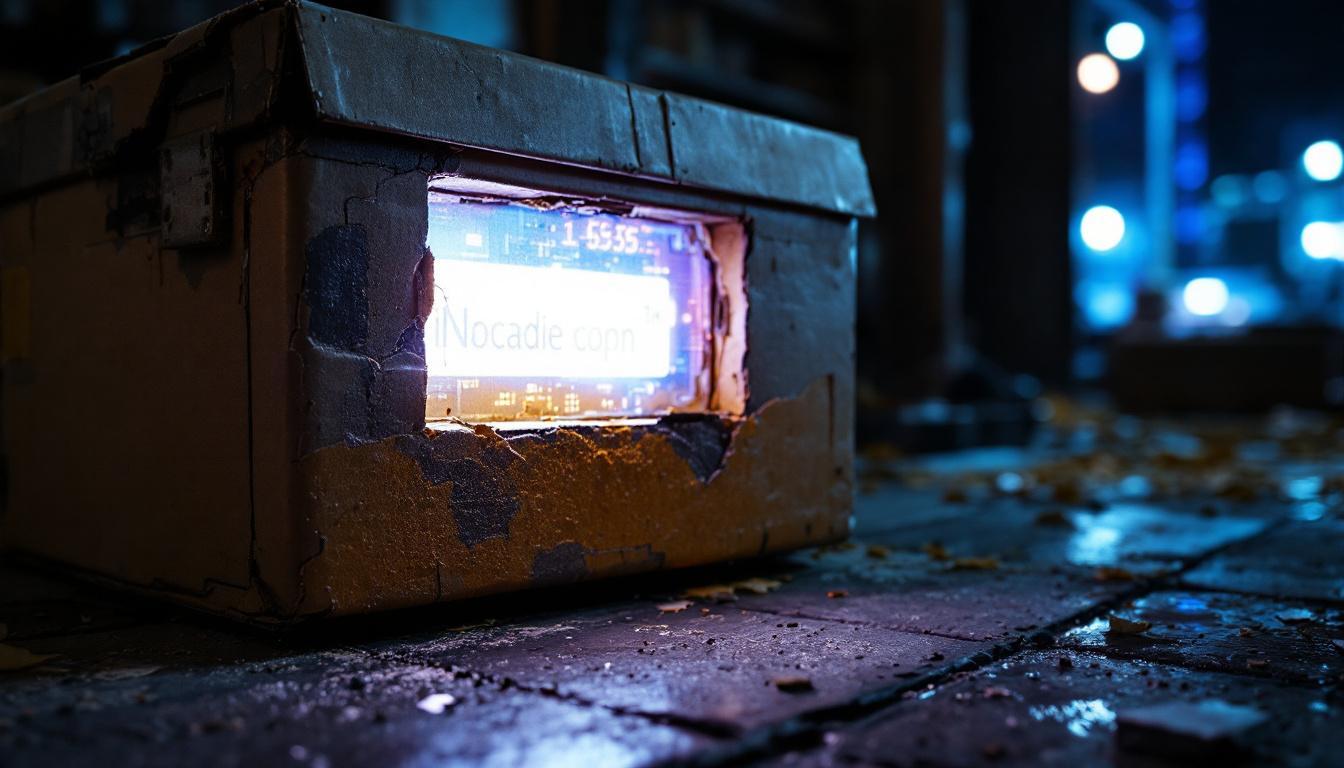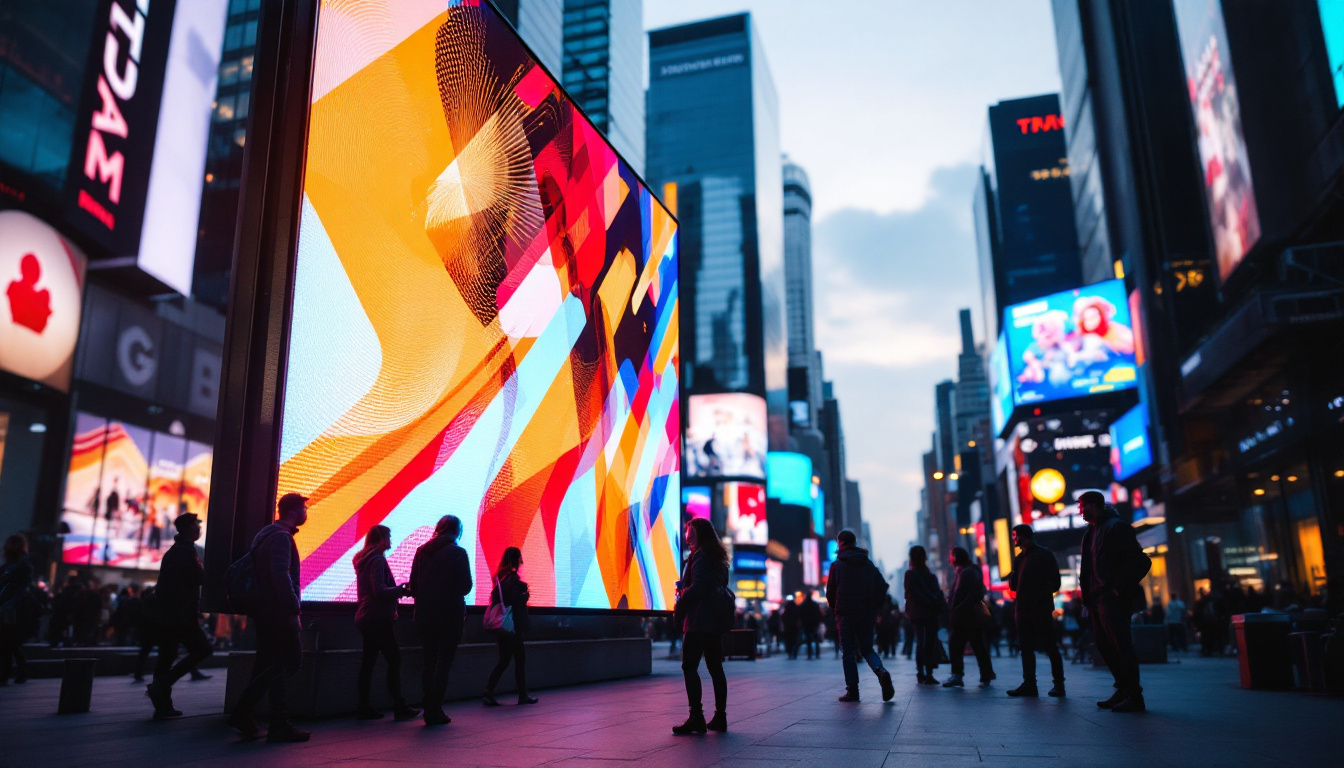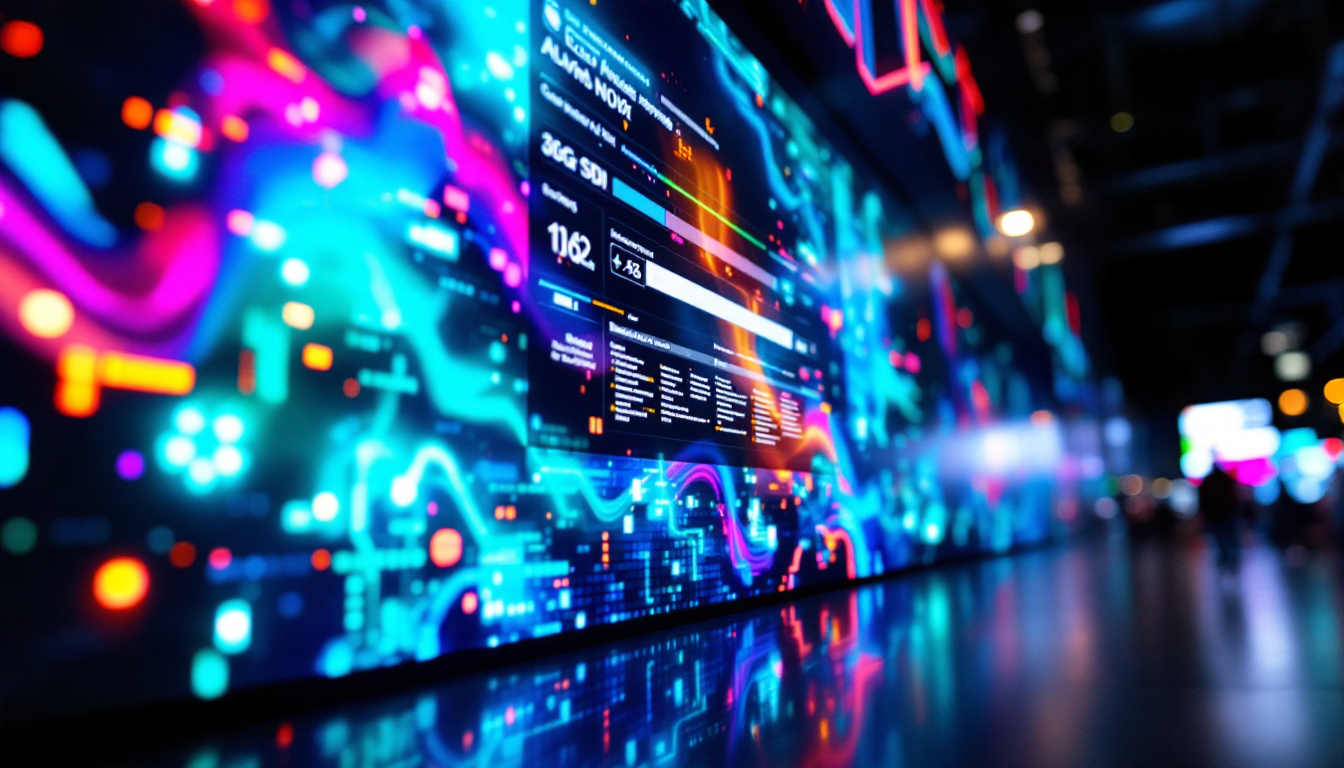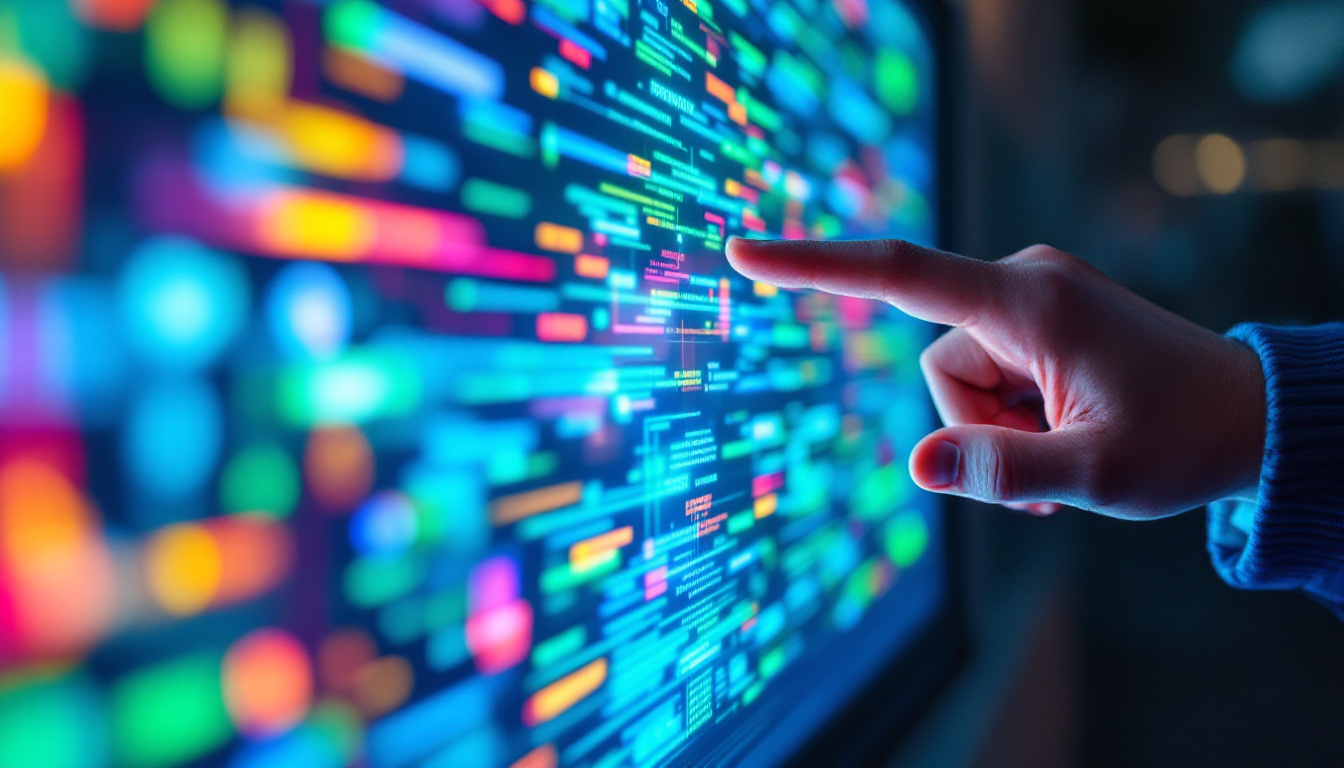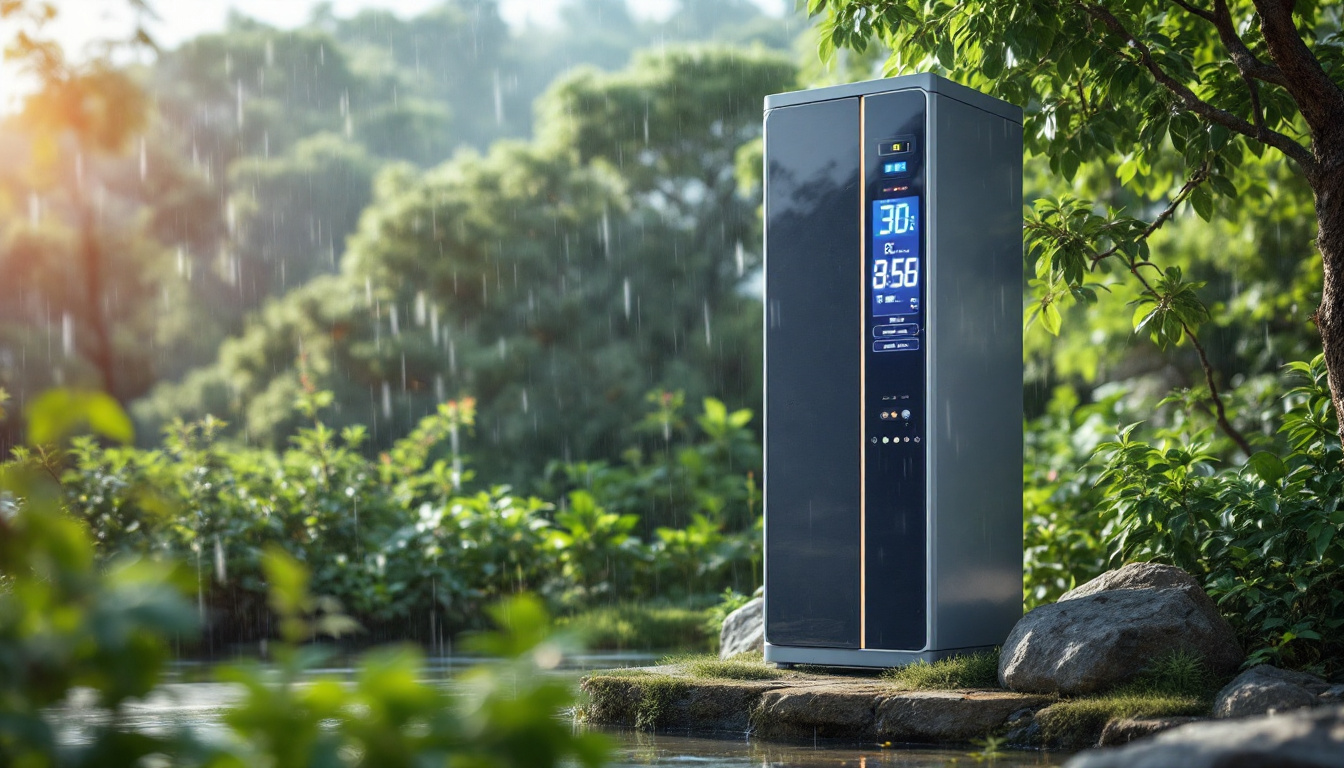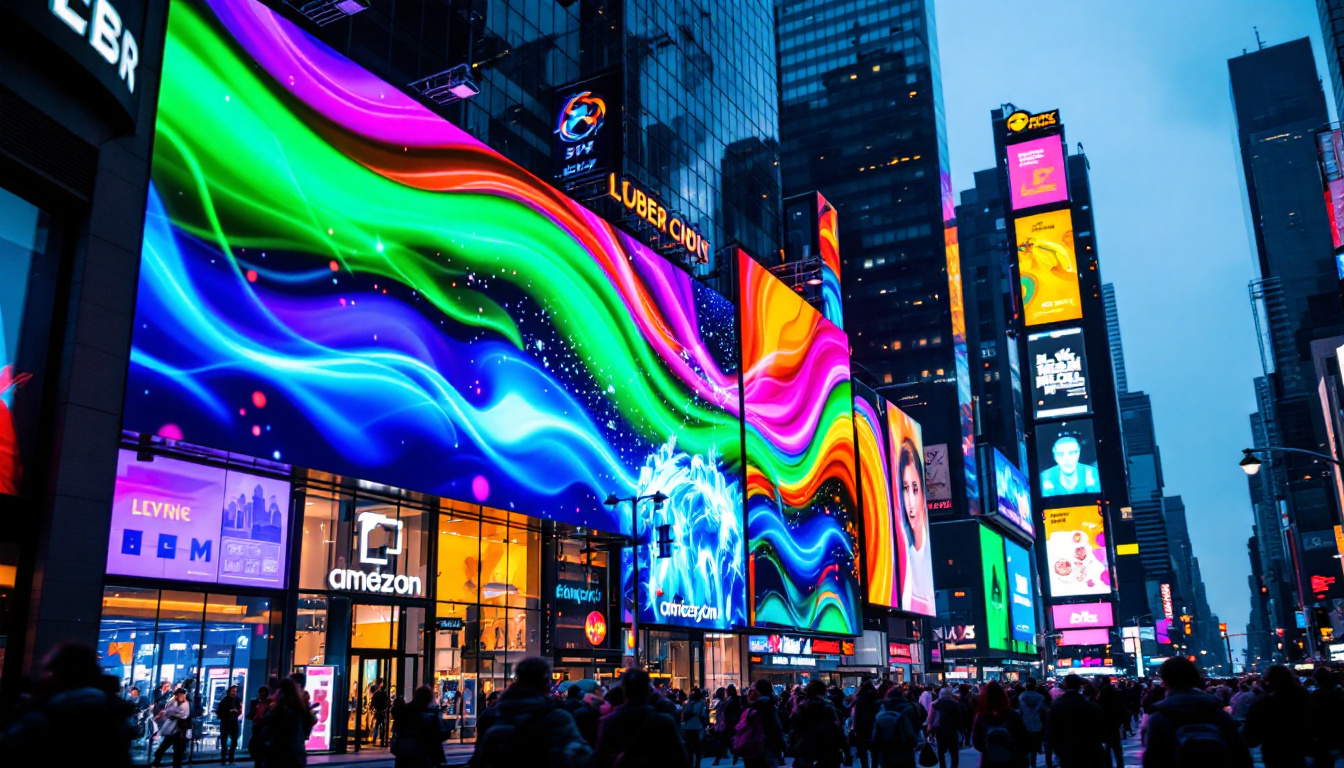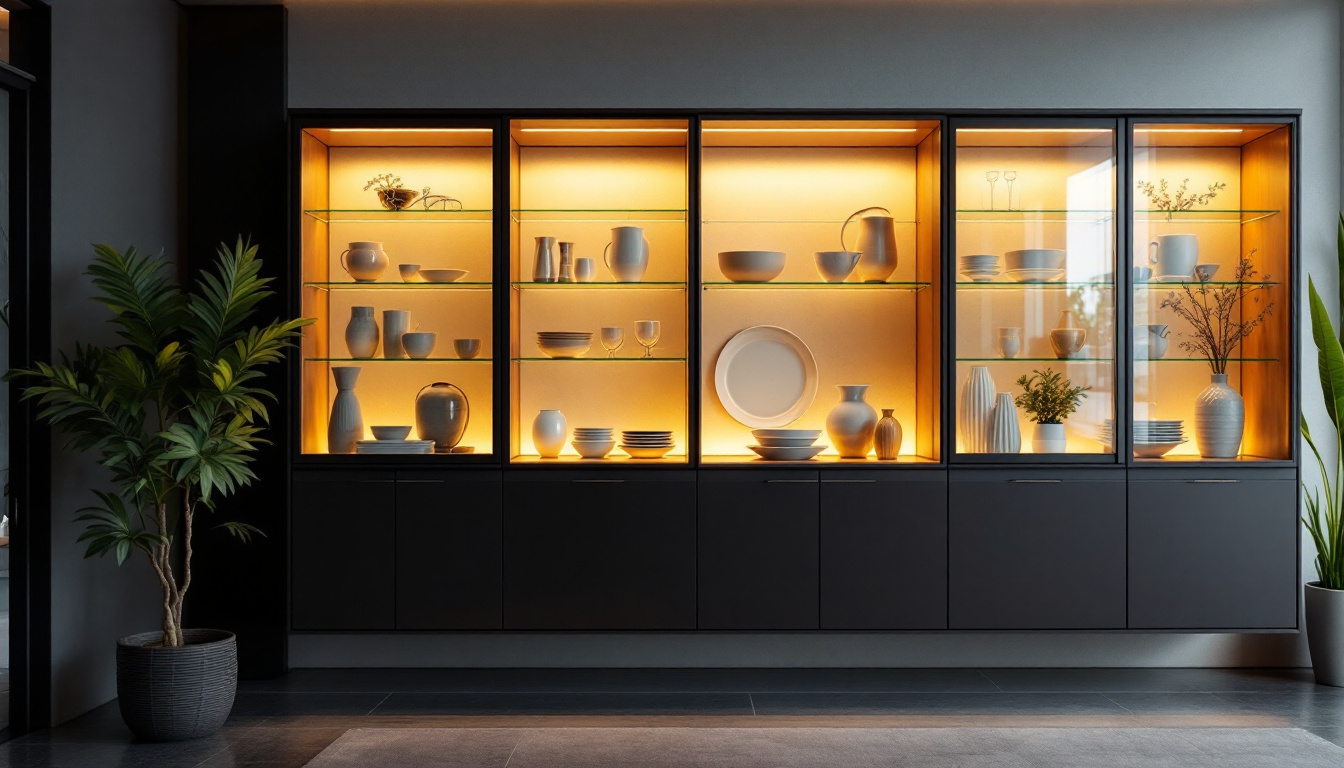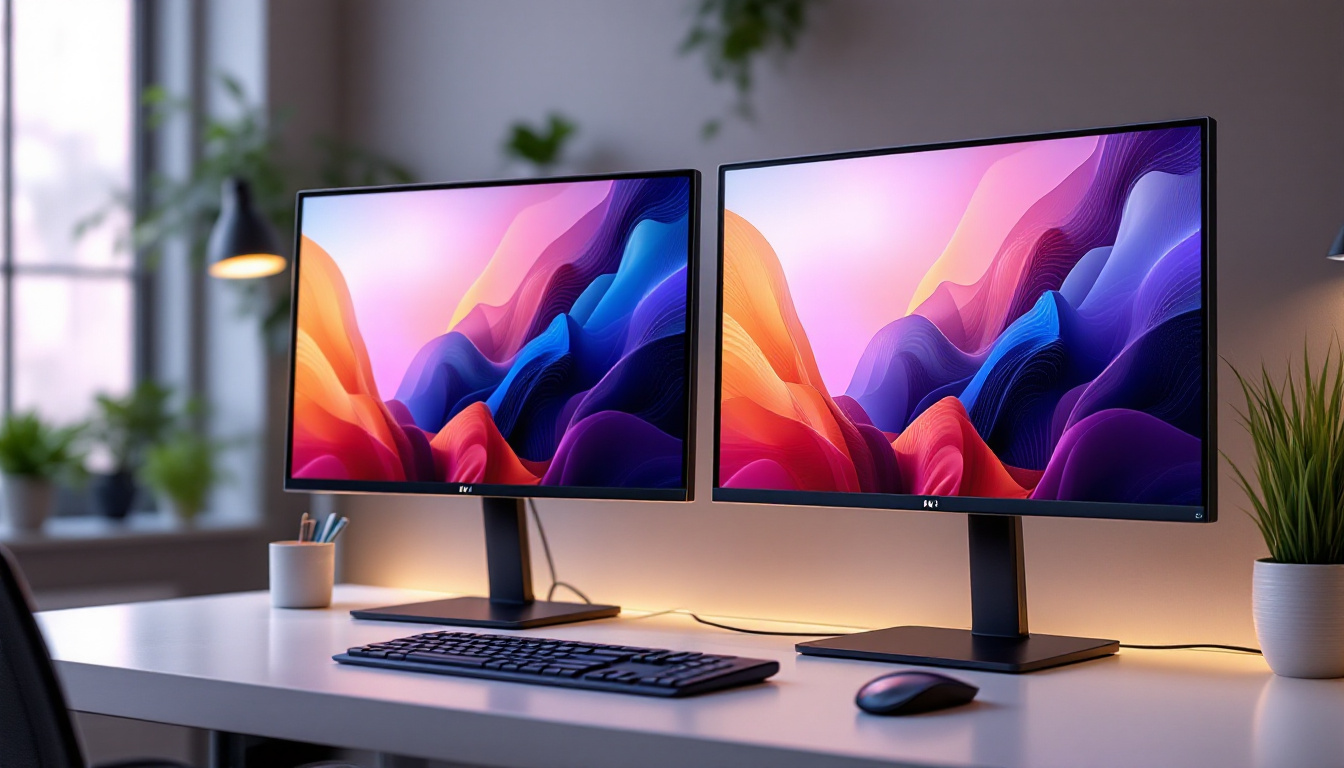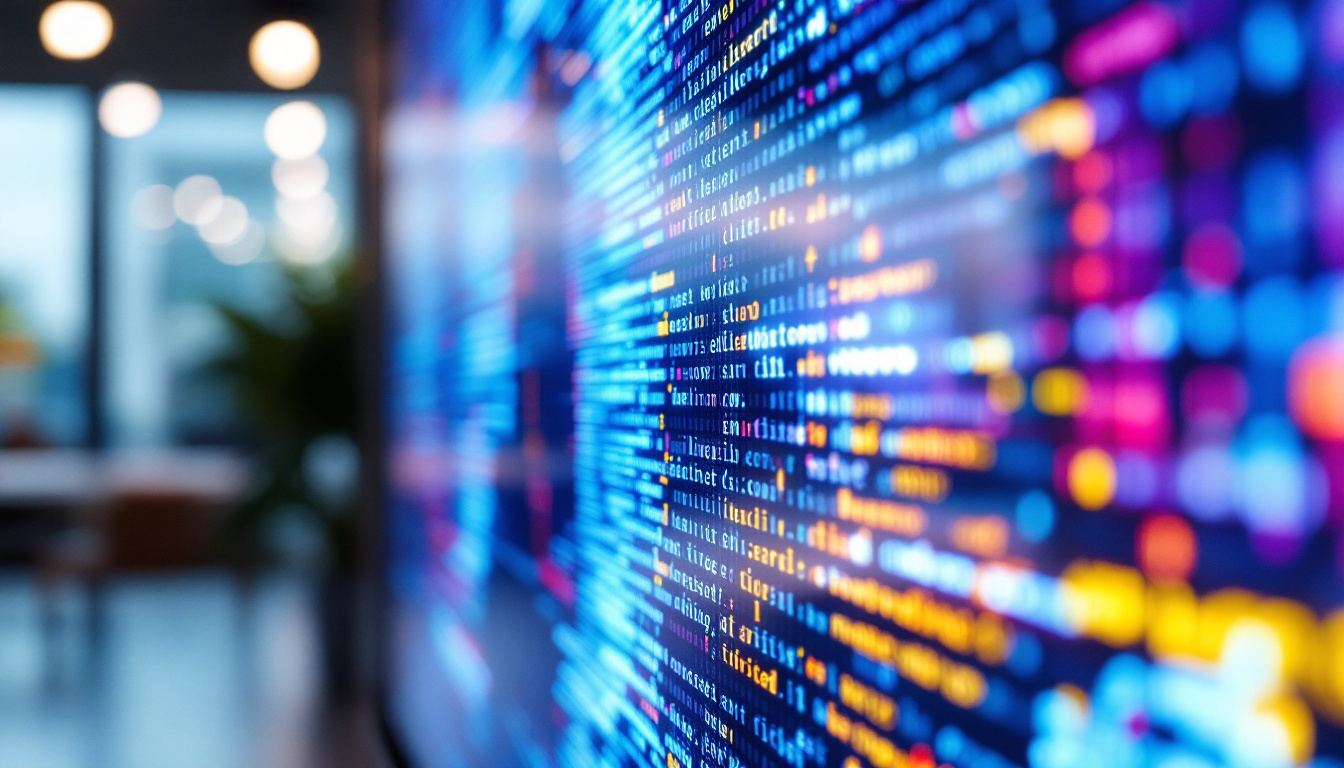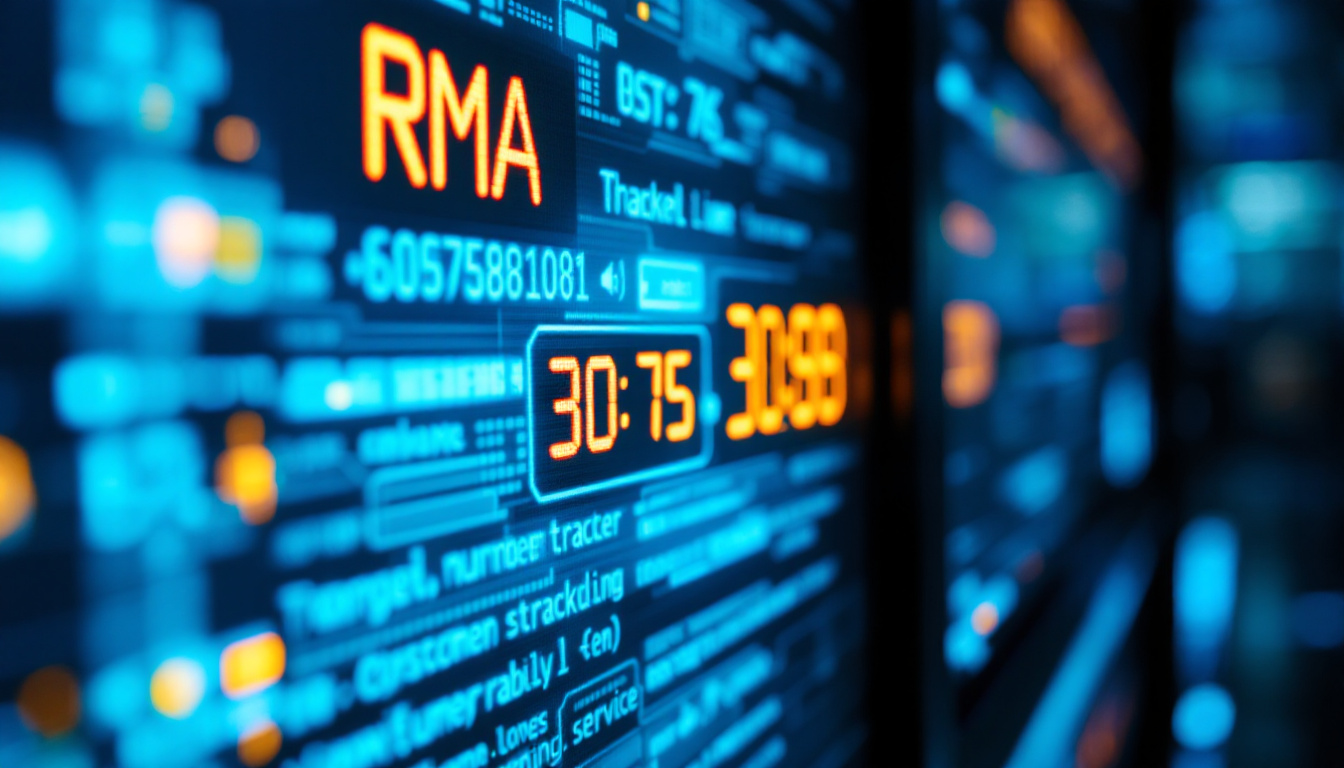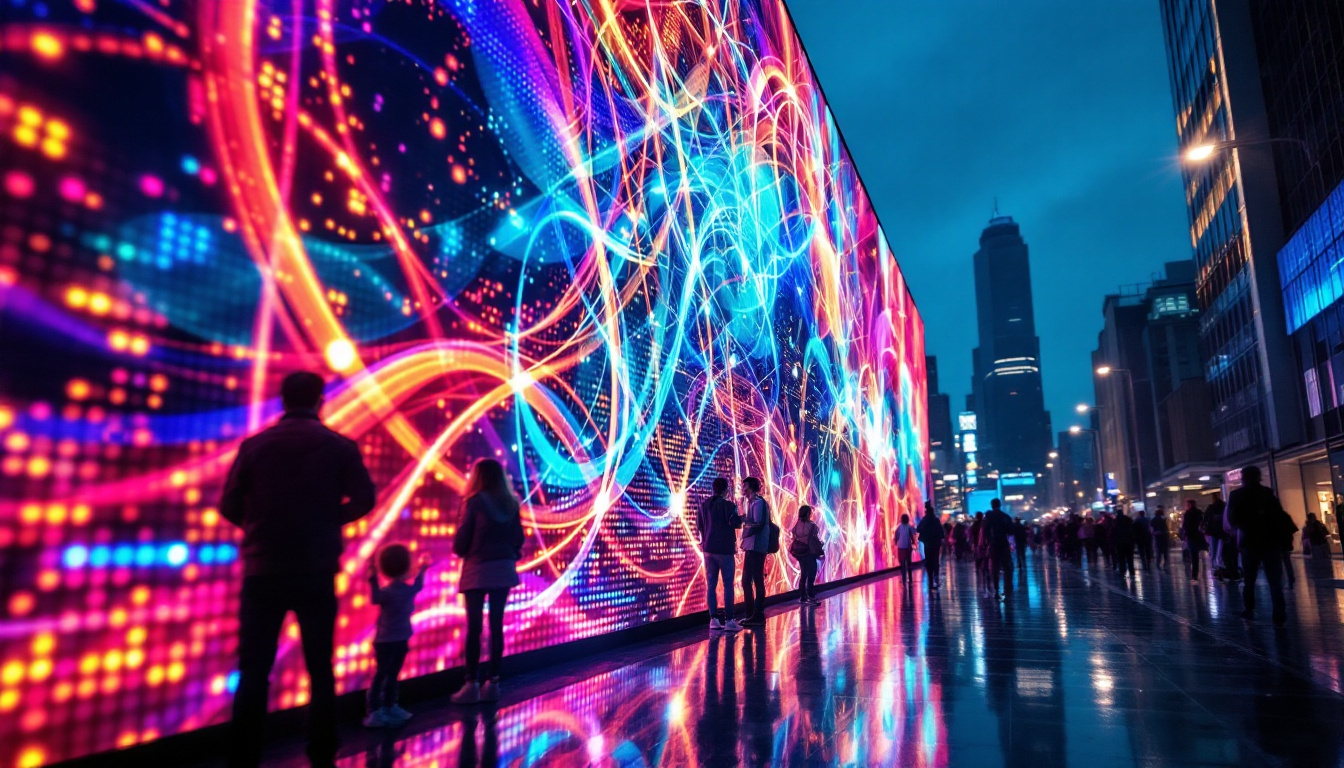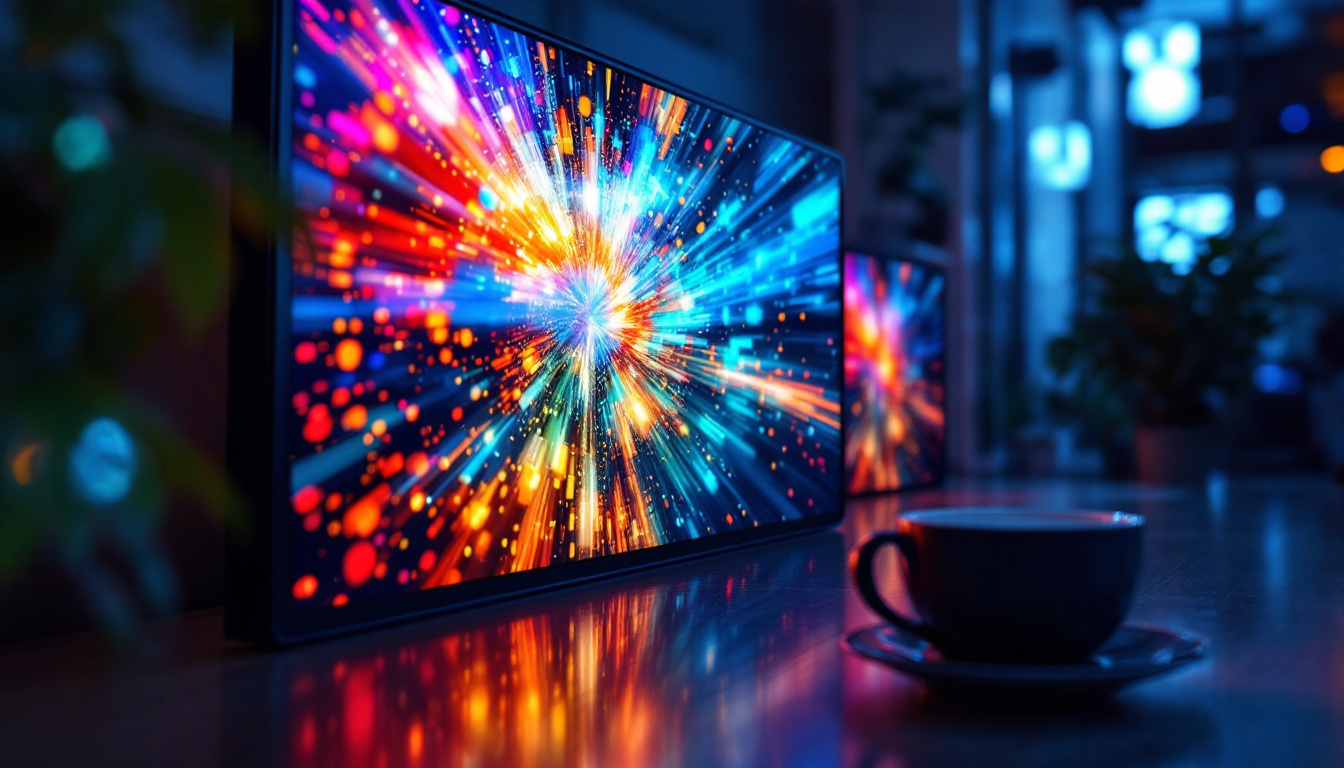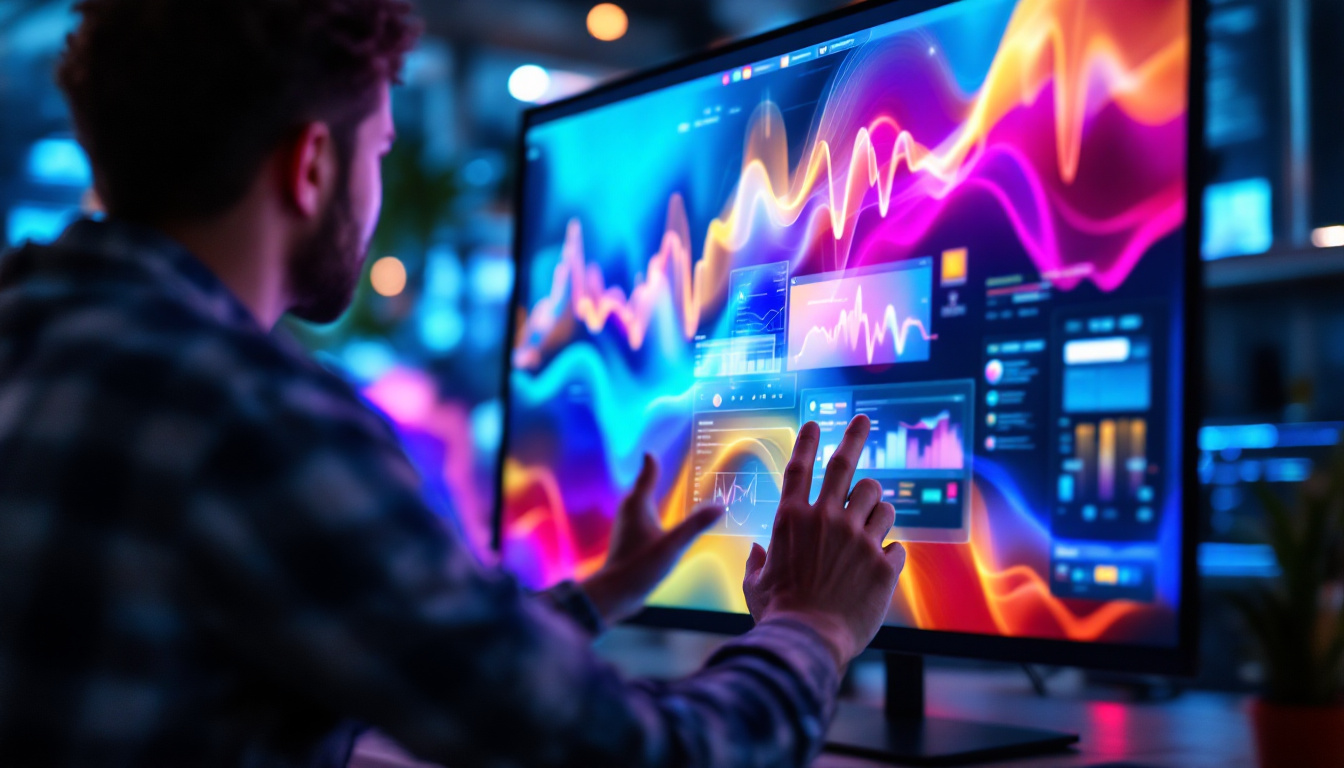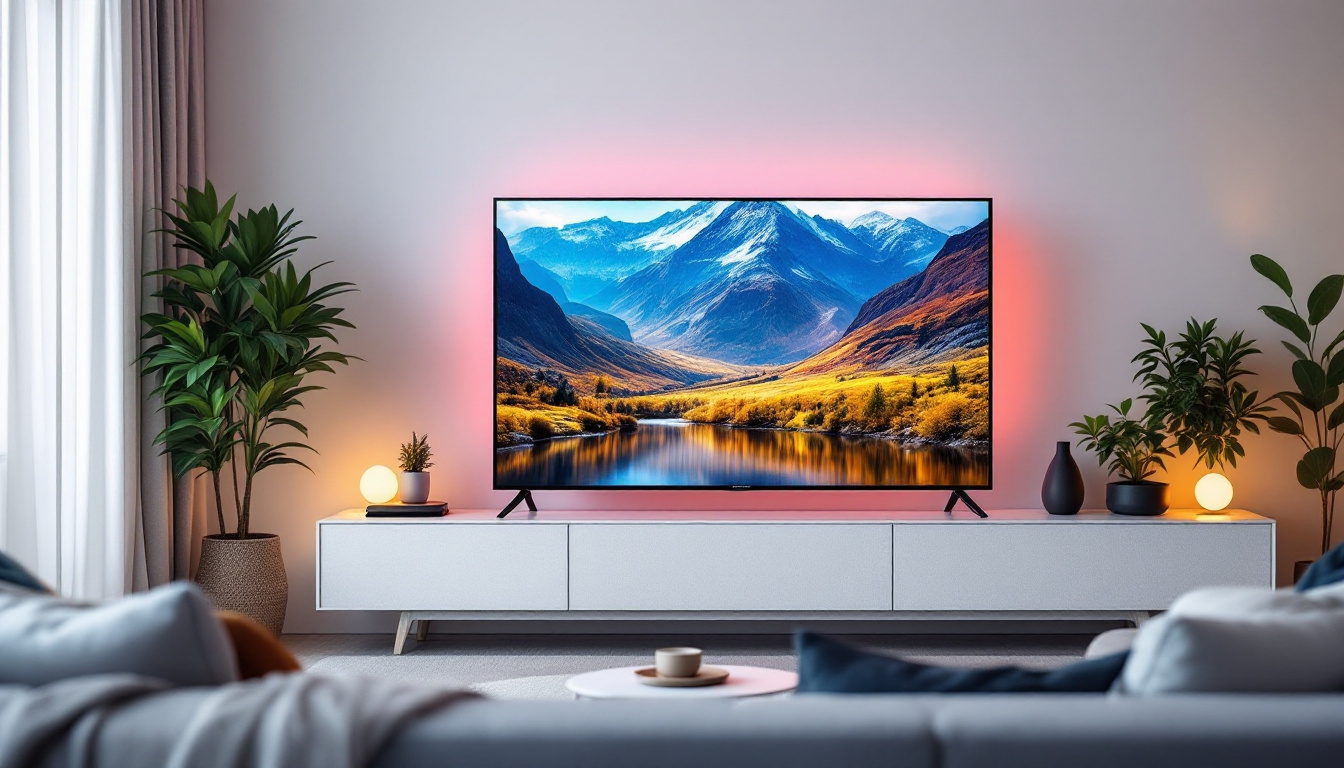In the realm of modern advertising and communication, media walls have emerged as a powerful tool for engaging audiences. These large-scale LED displays are not only eye-catching but also versatile, offering a range of applications from corporate presentations to entertainment venues. This article delves into the intricacies of media wall installation, focusing on LED displays, their benefits, and the considerations involved in setting them up.
Understanding Media Walls
Media walls are expansive visual displays that can showcase video content, advertisements, and interactive media. Typically composed of multiple LED panels, these installations can be customized to fit various sizes and shapes, making them suitable for a wide array of environments, including retail spaces, concert venues, and corporate offices. The versatility of media walls allows them to serve not just as a backdrop but as an integral part of the overall experience, captivating audiences and enhancing engagement.
The Evolution of Media Walls
The concept of media walls has evolved significantly over the years. Initially, these displays were limited to traditional projection systems, which often suffered from issues such as poor image quality and limited viewing angles. With advancements in LED technology, media walls have transformed into high-resolution displays that offer vibrant colors and sharp images, enhancing the overall viewing experience. Furthermore, innovations in software have allowed for more dynamic content management, enabling real-time updates and interactive features that were once unimaginable.
Applications of Media Walls
Media walls serve multiple purposes across different sectors. In retail, they are used to attract customers with dynamic advertisements and promotions. In corporate settings, they facilitate presentations and information sharing in a visually engaging manner. Additionally, entertainment venues utilize media walls to enhance performances and create immersive experiences for audiences. Beyond these applications, media walls are increasingly being integrated into public spaces, such as airports and train stations, where they provide real-time information and entertainment, transforming mundane waiting areas into engaging environments. The ability to display live feeds, social media interactions, and even art installations further underscores the adaptability of media walls in modern society.
The Benefits of LED Displays
LED displays have become the preferred choice for media walls due to their numerous advantages. From energy efficiency to superior image quality, these displays offer a range of benefits that make them ideal for various applications.
Energy Efficiency
One of the standout features of LED technology is its energy efficiency. Compared to traditional display technologies, LED panels consume significantly less power, which can lead to substantial cost savings over time. This makes them an environmentally friendly option, aligning with the growing emphasis on sustainability in modern business practices. Additionally, the reduced energy consumption translates into lower heat output, which can enhance the overall performance of a display system and reduce the need for extensive cooling solutions, further contributing to energy savings.
High-Quality Visuals
LED displays are known for their exceptional image quality. With high brightness levels and excellent contrast ratios, these displays ensure that content is visible even in brightly lit environments. Furthermore, the ability to achieve high resolutions allows for detailed images and videos, making them ideal for showcasing intricate designs and graphics. The color accuracy of LED technology also plays a crucial role in delivering vibrant and lifelike visuals, which is particularly important in sectors such as advertising and entertainment, where capturing audience attention is paramount. This capability allows brands to present their messages in the most engaging way possible, enhancing viewer experience and retention.
Durability and Longevity
Another advantage of LED displays is their durability. Built to withstand various environmental conditions, these panels are less susceptible to damage compared to traditional screens. This resilience translates to a longer lifespan, reducing the need for frequent replacements and maintenance. Moreover, many LED displays are designed with modular components, allowing for easy repairs and upgrades without the need to replace the entire unit. This modularity not only extends the life of the display but also provides flexibility for businesses to adapt their technology as needs evolve, ensuring that they remain at the forefront of visual communication trends.
Planning for Media Wall Installation
Installing a media wall requires careful planning and consideration. From determining the location to selecting the appropriate technology, several factors must be taken into account to ensure a successful installation.
Site Assessment
The first step in planning a media wall installation is conducting a thorough site assessment. This involves evaluating the intended location for the media wall, considering factors such as space availability, viewing angles, and lighting conditions. Understanding these elements will help in selecting the right size and type of LED display.
Additionally, it’s essential to consider the surrounding environment and potential obstructions that may affect visibility. For instance, nearby structures, trees, or even other signage can create shadows or block sightlines, diminishing the effectiveness of the media wall. Engaging with stakeholders who will use or be impacted by the installation can also provide valuable insights, ensuring that the media wall meets the needs of its audience while enhancing the overall aesthetic of the space.
Choosing the Right Technology
Once the site assessment is complete, the next step is to choose the appropriate LED technology. Factors such as pixel pitch, resolution, and brightness should be considered based on the intended use of the media wall. For example, a retail environment may require a higher resolution for close viewing, while an outdoor installation may prioritize brightness to combat sunlight.
Moreover, the integration of additional features can significantly enhance the functionality of the media wall. Options such as touch interactivity, content management systems, and real-time data feeds can transform a static display into a dynamic communication tool. When selecting technology, it’s also crucial to consider future scalability; ensuring that the media wall can adapt to evolving needs or incorporate new technologies as they emerge will provide long-term value and flexibility for the installation.
Installation Process
The installation of a media wall involves several stages, each crucial to the overall success of the project. From mounting the panels to connecting the necessary hardware, attention to detail is essential throughout the process.
Mounting the Panels
Proper mounting is critical for ensuring the stability and safety of the media wall. Depending on the design, panels can be mounted on walls, suspended from ceilings, or installed as freestanding structures. It is vital to follow manufacturer guidelines and industry best practices during this stage to avoid any potential issues.
Wiring and Connectivity
After the panels are securely mounted, the next step involves wiring and connectivity. This includes connecting power sources and data cables to ensure seamless operation. Careful attention must be paid to cable management to prevent any interference or hazards. Additionally, establishing a reliable network connection is essential for content management and updates.
Content Management and Display
Once the media wall is installed, the next focus shifts to content management. The ability to display dynamic and engaging content is what truly brings a media wall to life.
Content Creation
Creating content for a media wall requires a blend of creativity and technical skills. High-quality videos, graphics, and animations should be designed to fit the specifications of the LED display. It’s important to consider factors such as resolution and aspect ratio to ensure that the content is displayed optimally.
Content Management Systems
To effectively manage and schedule content, a robust content management system (CMS) is essential. A CMS allows users to upload, organize, and schedule content for display on the media wall. Many systems also offer real-time updates, enabling businesses to respond quickly to changing needs or promotions.
Maintenance and Support
Maintaining a media wall is crucial for ensuring its longevity and performance. Regular maintenance helps identify potential issues before they escalate, ensuring that the display remains operational and visually appealing.
Regular Inspections
Conducting regular inspections of the media wall is a proactive approach to maintenance. This includes checking for any signs of wear and tear, ensuring that all components are functioning correctly, and cleaning the panels to maintain image quality. A routine maintenance schedule can significantly extend the lifespan of the installation.
Technical Support
In the event of technical issues, having access to reliable support is essential. Many LED display manufacturers offer technical support services to assist with troubleshooting and repairs. Establishing a relationship with a trusted provider can ensure that any issues are addressed promptly, minimizing downtime.
Future Trends in Media Wall Technology
The landscape of media wall technology is continually evolving, driven by advancements in technology and changing consumer preferences. Staying informed about these trends can help businesses leverage the full potential of their media walls.
Interactive Displays
One of the most exciting trends in media wall technology is the rise of interactive displays. By incorporating touch technology and gesture recognition, media walls can engage audiences in new and innovative ways. This interactivity not only enhances user experience but also allows for personalized content delivery.
Integration with Augmented Reality
Another emerging trend is the integration of augmented reality (AR) with media walls. By overlaying digital content onto the physical environment, AR can create immersive experiences that captivate audiences. This technology opens up new possibilities for storytelling and brand engagement, making media walls even more impactful.
Conclusion
Media wall installations, particularly those utilizing LED displays, represent a significant advancement in visual communication. Their versatility, energy efficiency, and high-quality visuals make them an ideal choice for various applications. However, successful installation and management require careful planning, execution, and maintenance.
As technology continues to evolve, the potential for media walls will only expand. By staying abreast of the latest trends and innovations, businesses can ensure that their media walls remain relevant and effective in capturing audience attention. Embracing these advancements will ultimately lead to more engaging and memorable experiences for viewers, solidifying the role of media walls as essential tools in modern communication strategies.
Discover LumenMatrix’s Innovative LED Solutions
Ready to elevate your visual communication strategy with the latest in LED display technology? Look no further than LumenMatrix, where innovation meets excellence. Our diverse range of LED display solutions, from Indoor and Outdoor LED Walls to specialized displays for Vehicles, Sports, and even Custom configurations, are designed to captivate your audience and amplify your brand’s presence. Embrace the future of digital signage with LumenMatrix and create experiences that resonate. Check out LumenMatrix LED Display Solutions today and transform your space into a dynamic visual spectacle.

